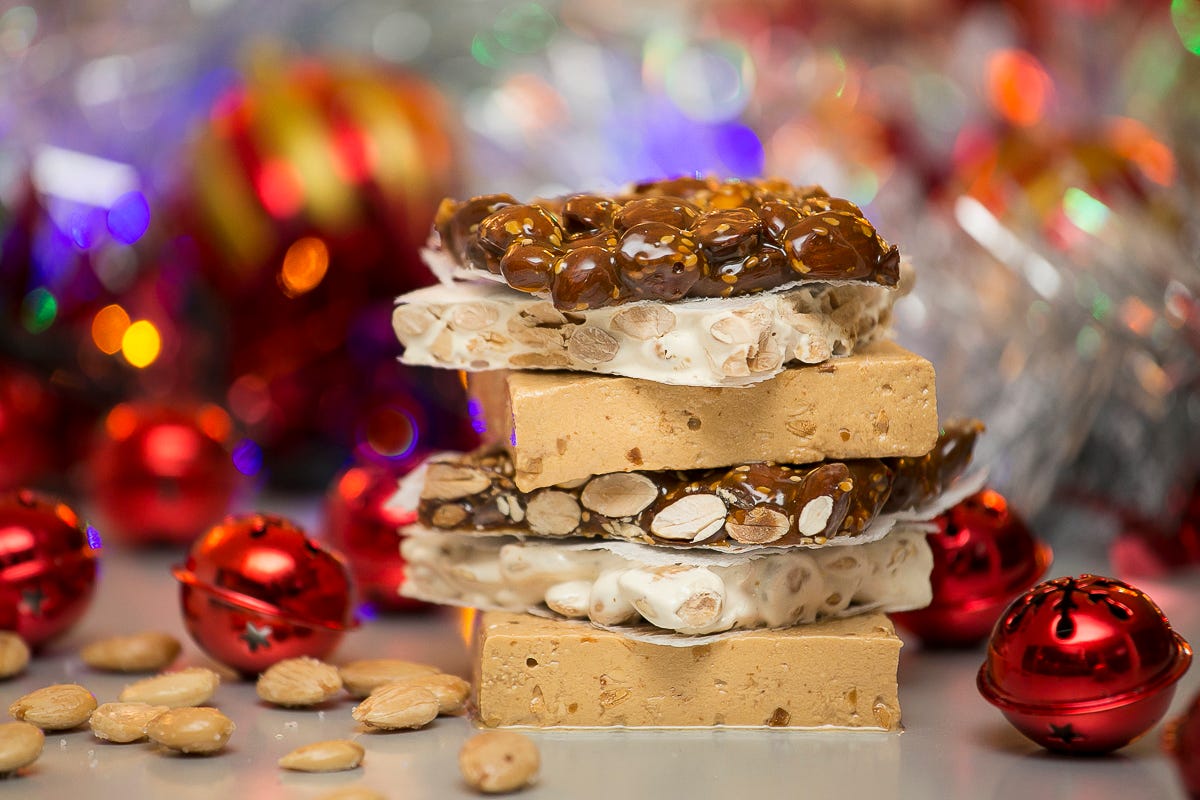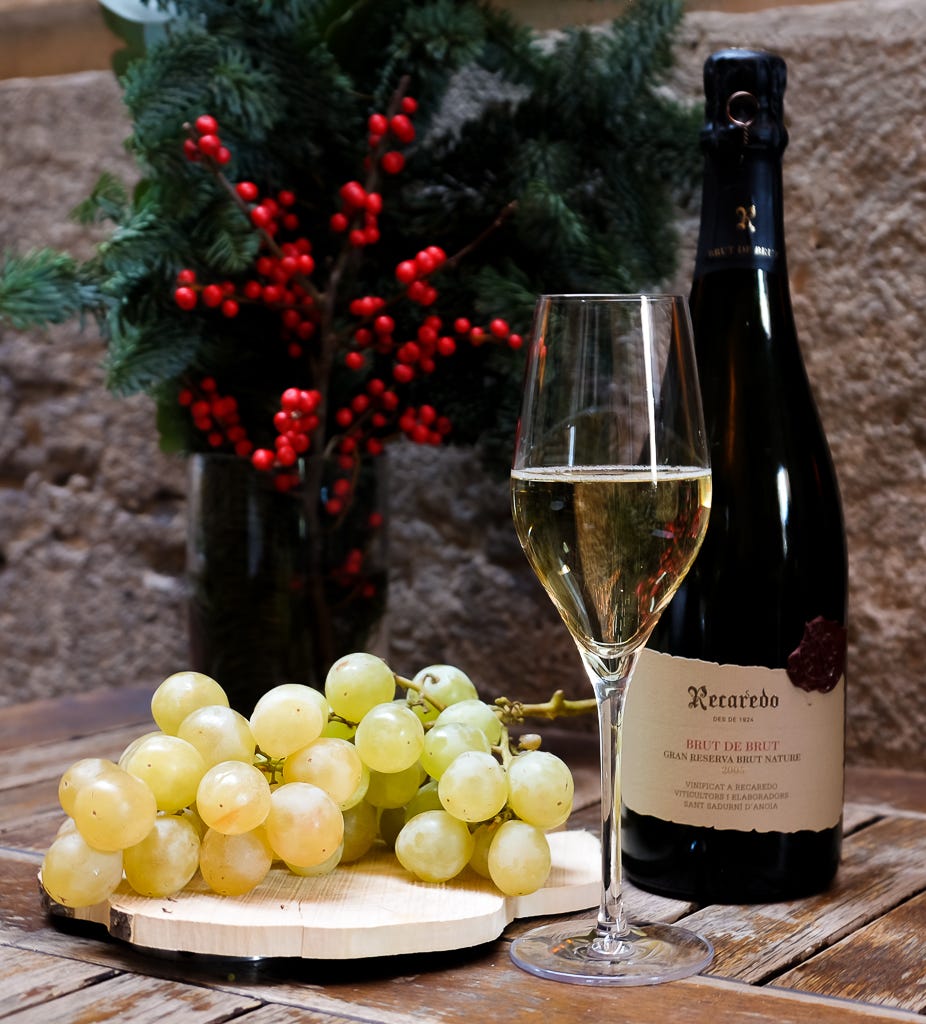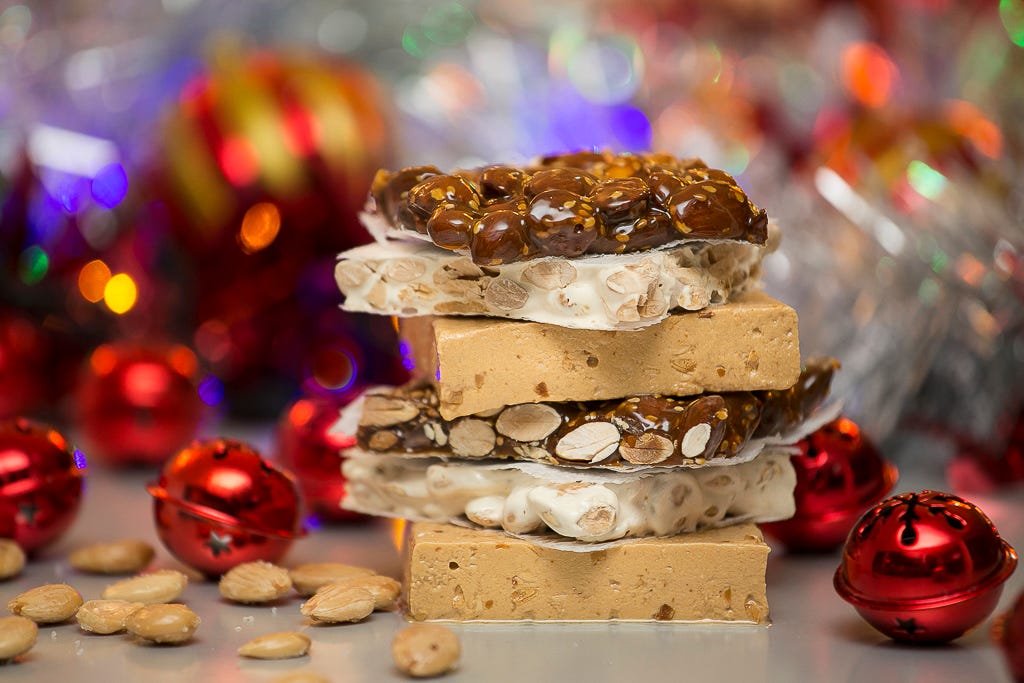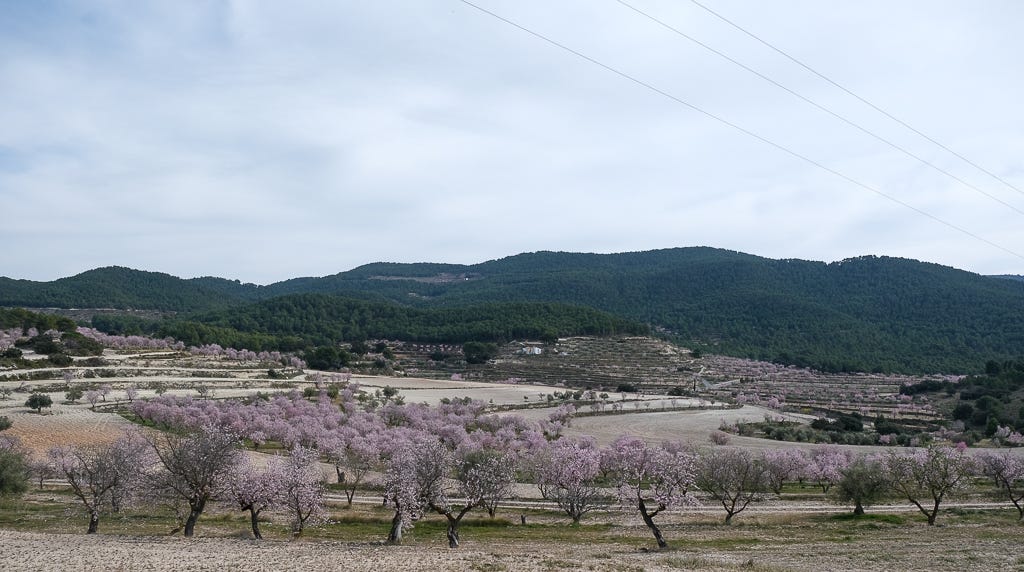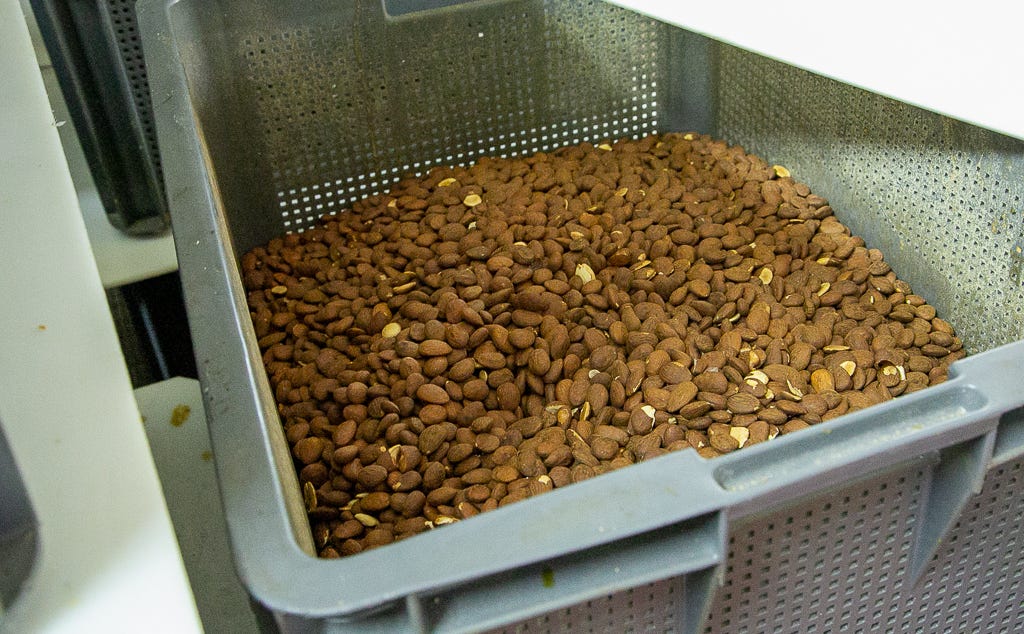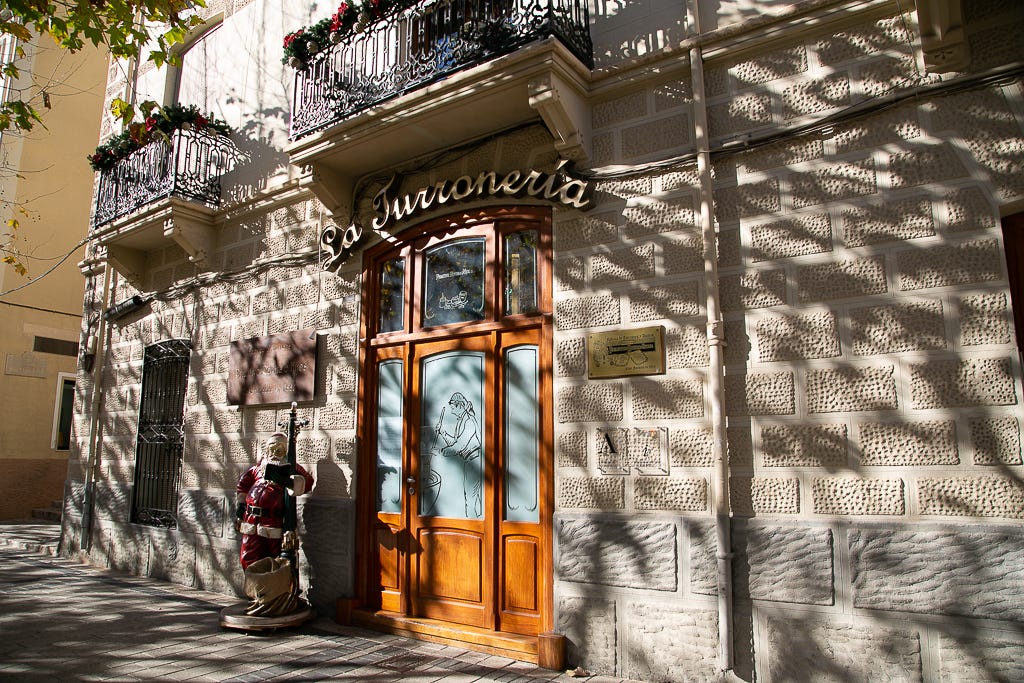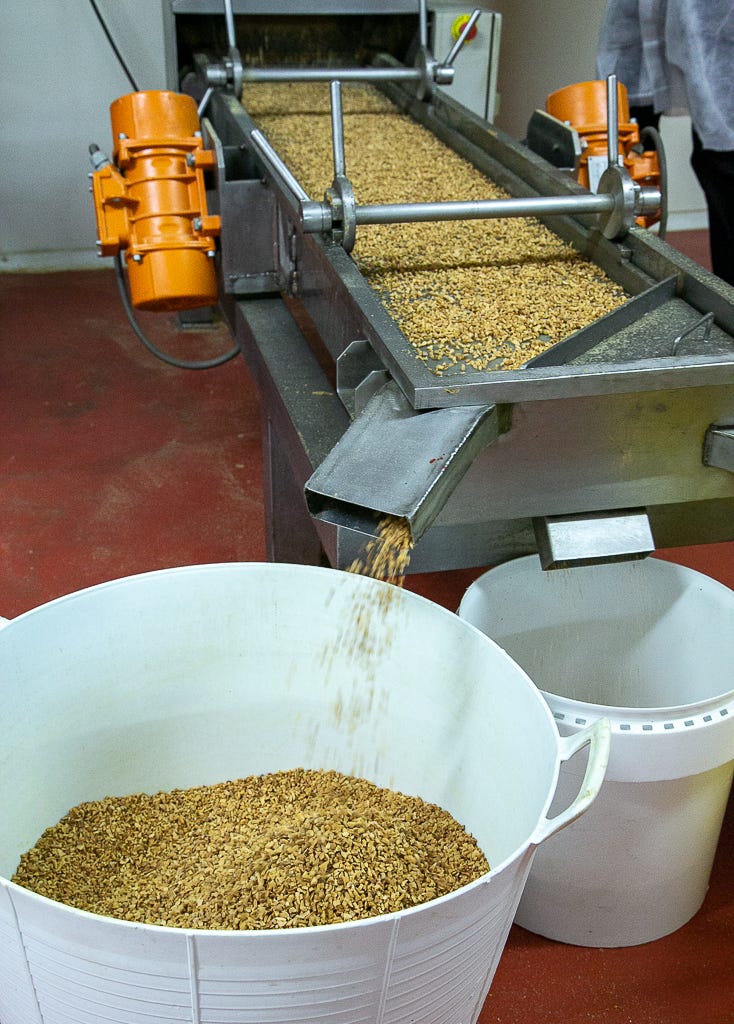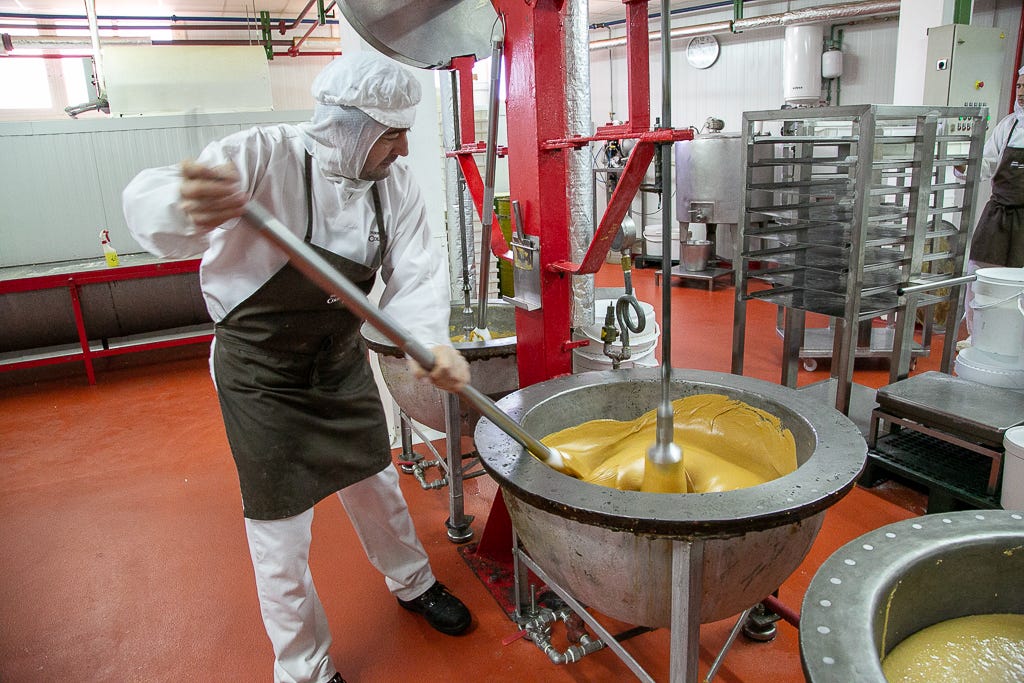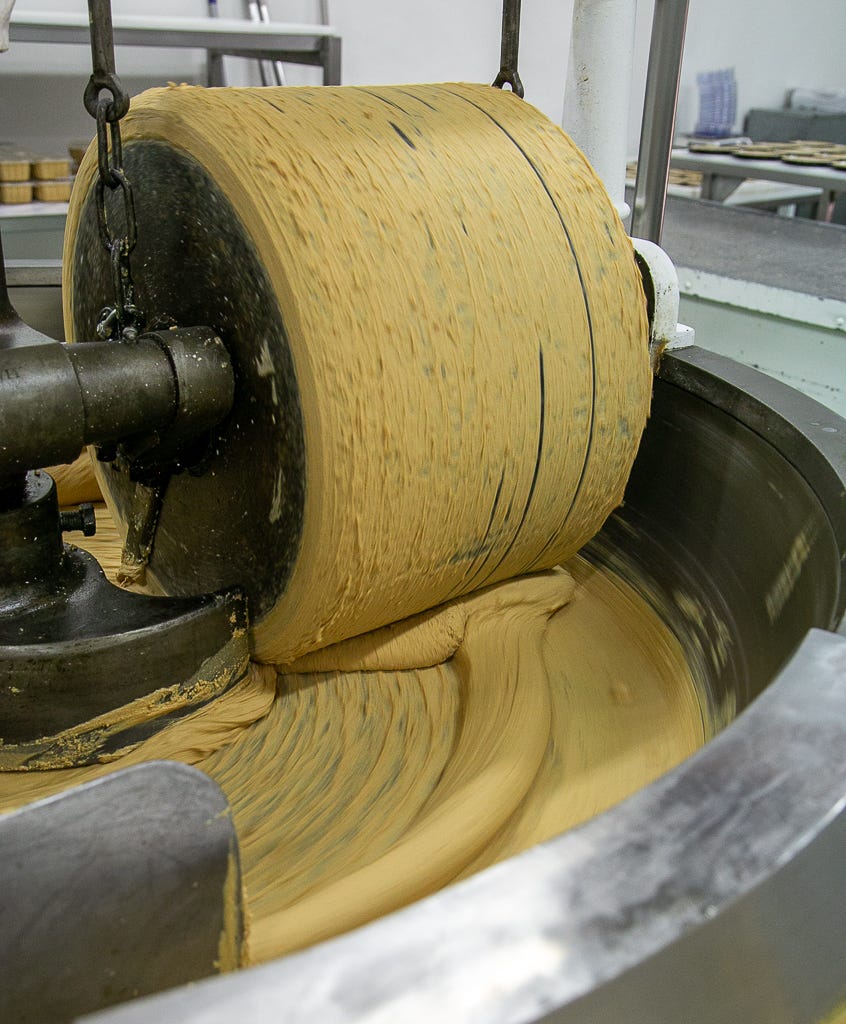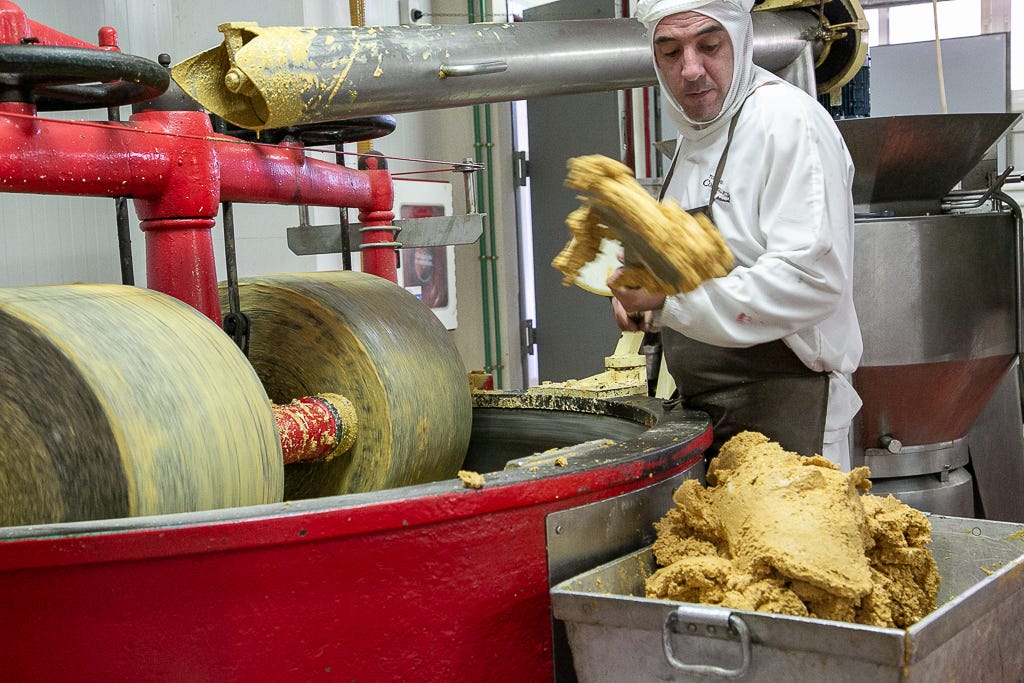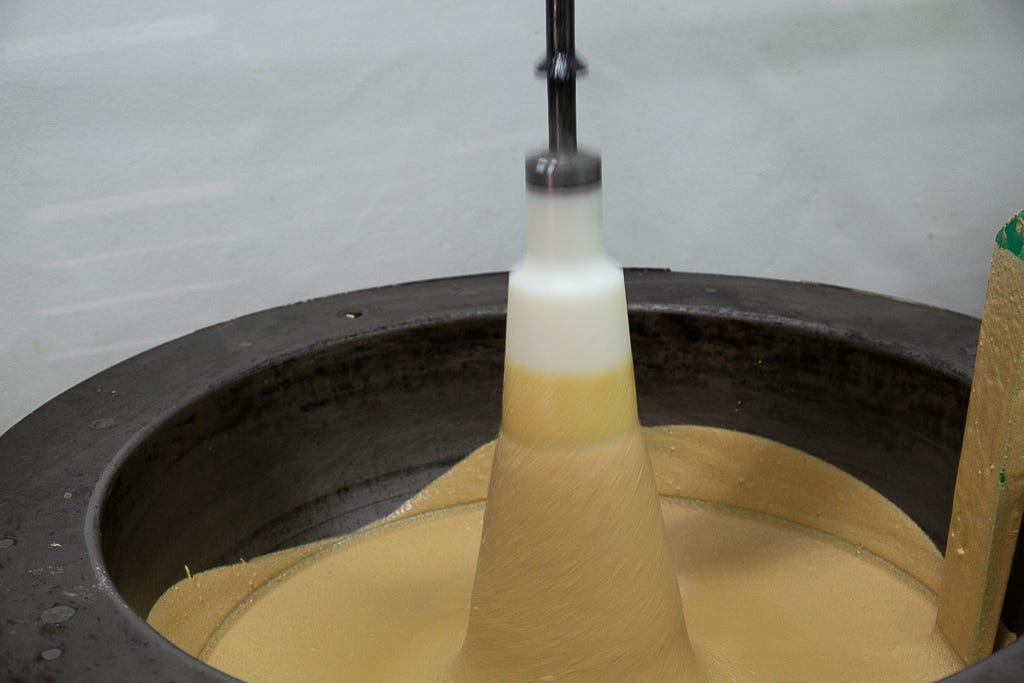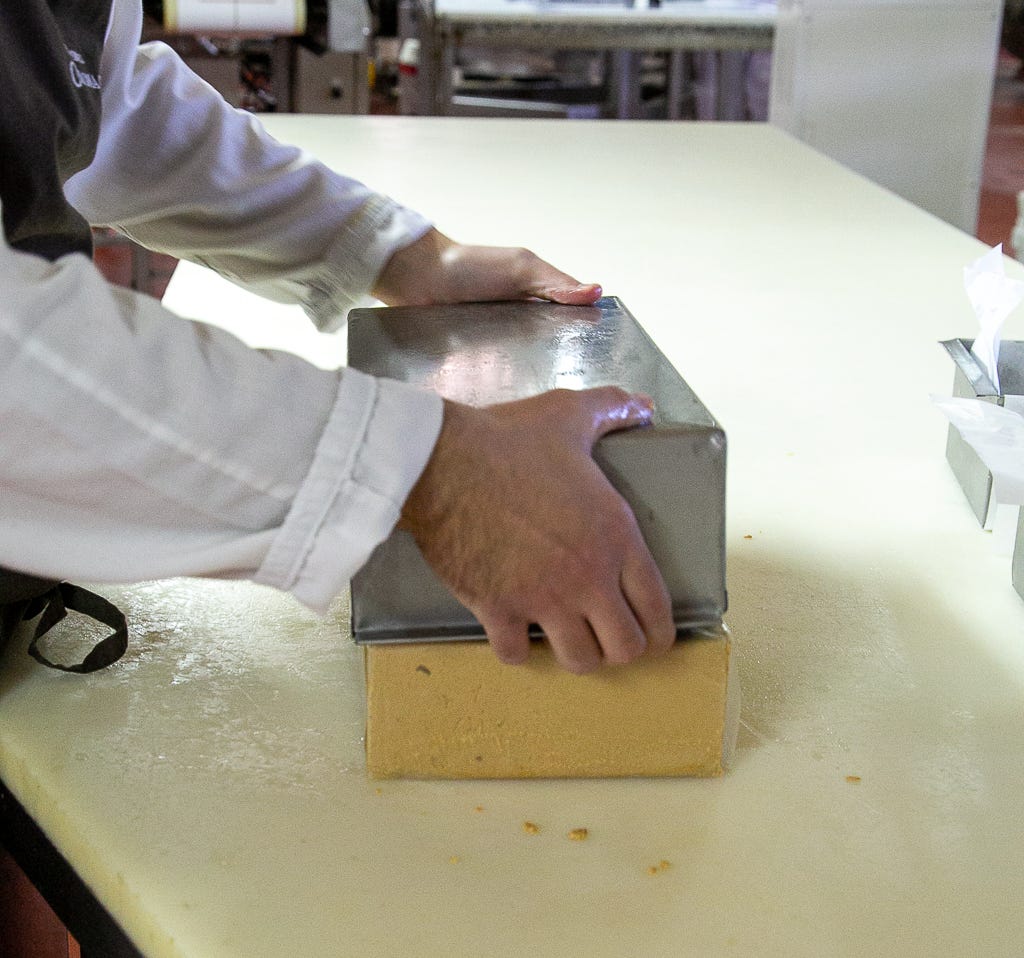Toss the Candy Canes. Try Turronés.
In Spain, the Christmas season lasts from early December until Jan. 6 and features a dizzying array of culinary traditions throughout the extended holiday. Christmas dinners are typically celebrated on the eve with either a traditional bird or a mélange of seafood, depending on regional customs.
Twelve grapes are eaten at the stroke of midnight on New Year’s Eve to ensure a bit of luck. Cava, the Spanish interpretation of sparkling wine, is imbibed with abandon.
A ring-shaped cake loaded with candied fruit (and a hidden toy) and sugar glaze commemorates the Epiphany, or the Feast of the Three Kings, on Jan, 6. But the quintessential signal that it is Christmastime in Spain is the appearance of a traditional candy called turronés.
Turrónes, an almond-studded nougat, can be found around the world and throughout the year.
But in Spain, it has been an essential part of the Christmas tradition for hundreds of years: The southern Valencian region of Alicante is the world production center for this candy, with a history dating to the 15th century.
As the story goes, it was invented to satisfy the young Scandinavian wife of a Moorish king who planted thousands of almond trees in the area in the 1400s for their showy springtime blossoms that reminded her of snow.
Made from a simple combination of locally grown Marcona almonds, honey, sugar and egg whites, the nougat is created in two traditional styles: hard, crunchy turrónes de Alicante and soft, creamy turrónes de Jijona (Xixona). Each has a loyal following, but both are revered enough as local specialties to be awarded a protected geographic status under EU law.
While there are recipes for turronés that seem easy enough, it’s not typically a homemade treat because there are simply too many excellent artisanal choices available to Spanish households. As soon as stores start to transform their aisles for holiday shoppers, all sorts of turrónes magically appear in grocery stores and market stands.
By the 20th century, large-scale turrónes manufacturers were taking the approach of the more varied the flavor options, the better. But seeking the truest traditional form of local turrónes, I paid a visit to Jijona (Xixona), high in the hills above Alicante, where turronés has been produced since the Middle Ages.
Shortly before arriving in Jijona on a bouncing bus ride, I noticed that large-scale turronés manufacturing factories lined both sides of the main highway and the Museo de Turronés was strategically positioned front and center. If there had been any doubt, it was now clear that this was the turronés mecca. The center of the quiet meticulously maintained village was filled with turronés storefronts and artisanal factories spilling into smaller side streets.
Most production begins in mid-October and only lasts until the week before Christmas. Although my visit was timed during the height of their production cycle, two award-winning turronéros, Ricardo Coloma of Coloma Garcia and Primitivo Rovira, a 6th generational family member of Primitivo Rovira e Hijos, both graciously provided a glimpse into their multi-step, multiple-day production processes.
Sugar, honey, egg whites, and almonds are essential to every turronés recipe. The process begins when honey and sugar are heated and mixed together for an hour until they become fluffy white syrup. As the heat is increased to high, egg whites thinned with water are added to the syrup and stirred for another hour.
If the goal is to make turronés de Alicante, the final step is to fold in toasted almonds using giant punxe, or hand paddles, and cool it enough press into loaf molds or tart molds to set.
The process for the creamy turronés de Jijona takes another two days to complete.
The candied mixture is chilled on large tables and then run though stone grinders for 20 minutes.
The resulting paste rests for a day when it is returned to the stone grinders for a 3-pass process and then heated and pounded for 4-5 hours with a boixet, a high-speed large pestle that emulsifies the mixture into a creamy paste.
One more day of rest in loaf or tart pans, and it’s ready to wrap up and send out to the world to enjoy.
While I expected to be a fan of the crunchy, nutty nougat version that I recalled from childhood candy stores, I was surprised at how addictive the creamy, dense paste of the loaf-style turronés de Jijona was. It is similar to almond butter but more intense, dense, creamier and richer.
Ladened with bags of both, I got back on the bus for the bumpy ride home, no longer entirely sure whether any of it would make it into someone else’s Christmas stocking.



